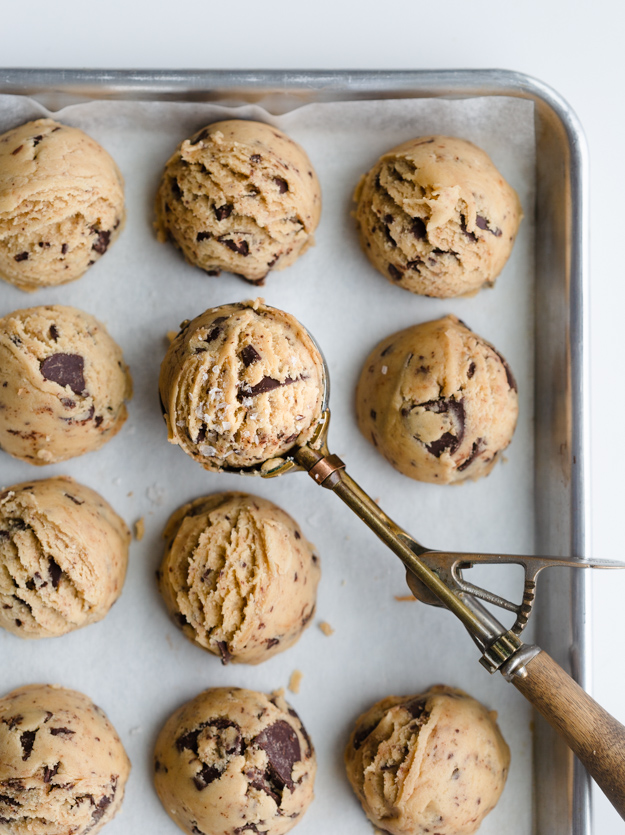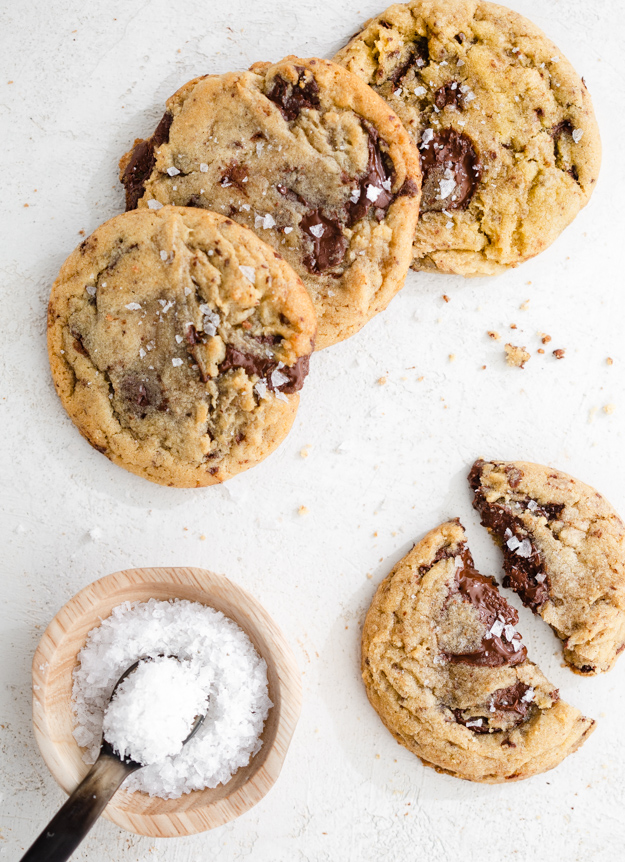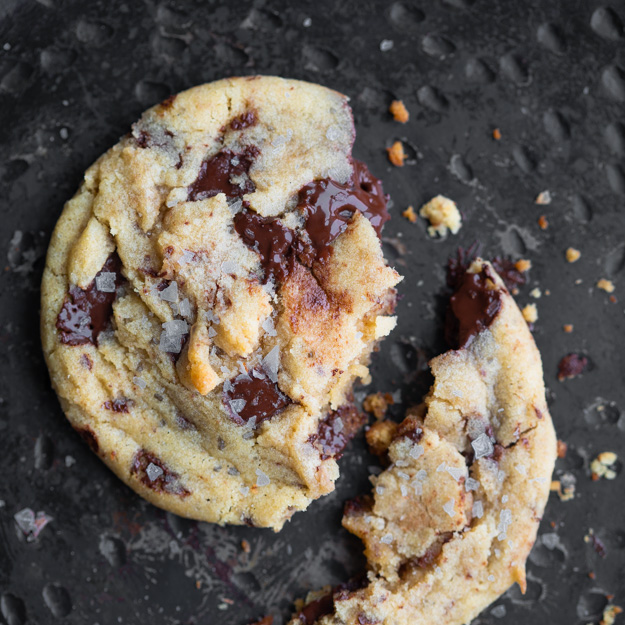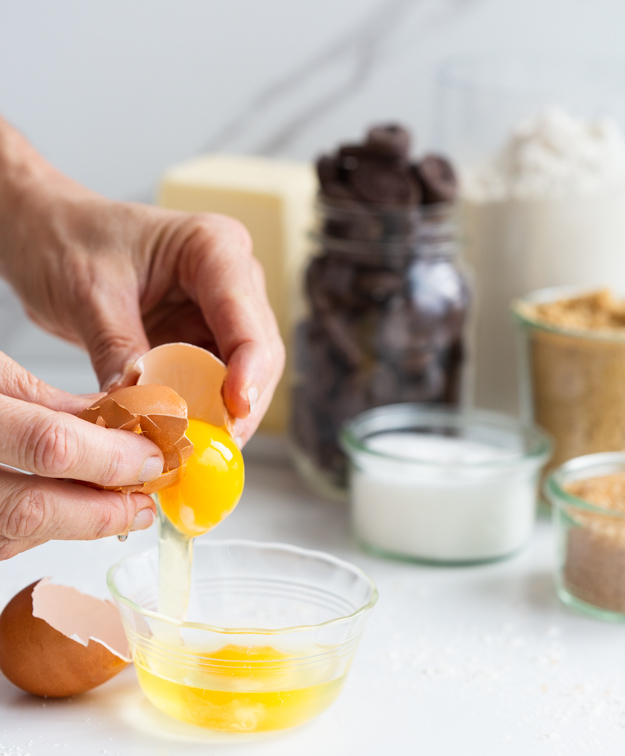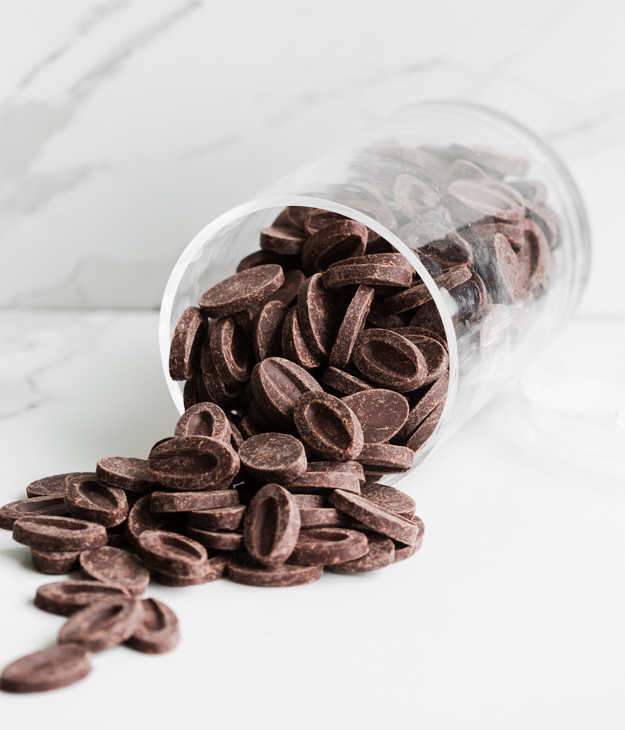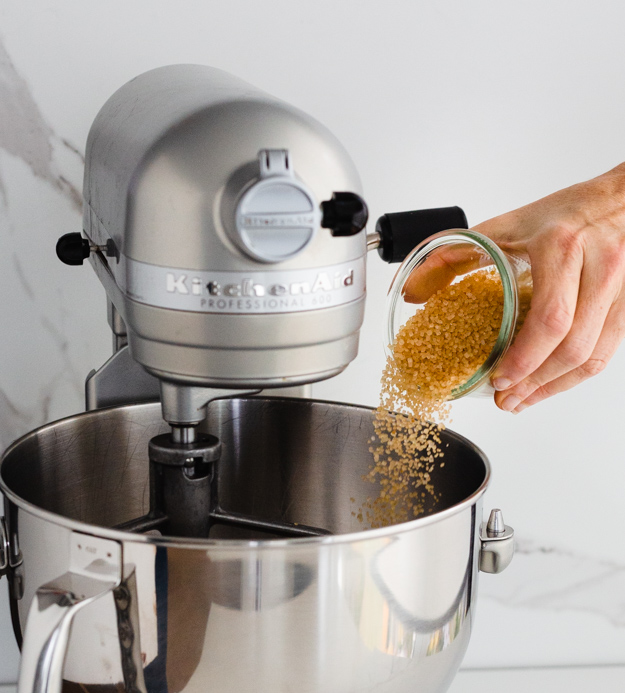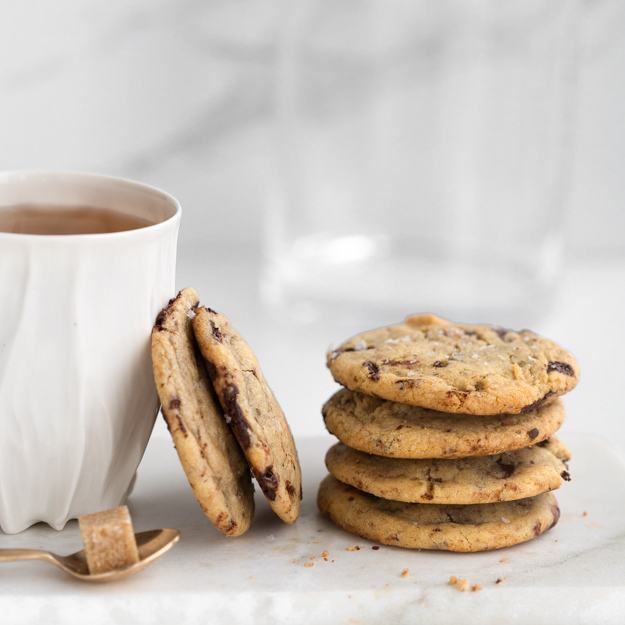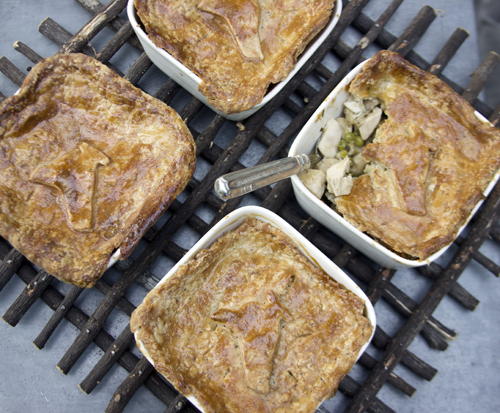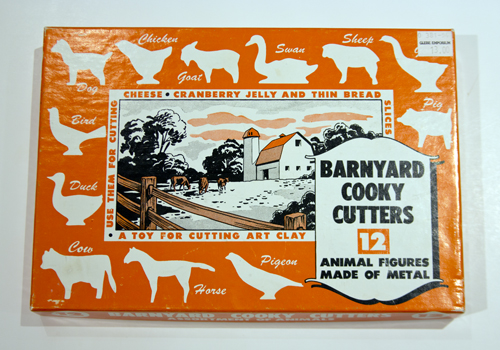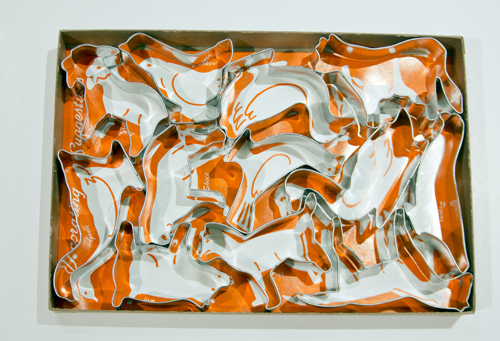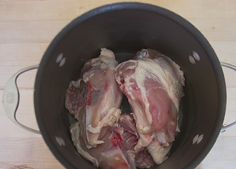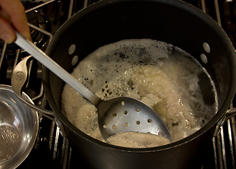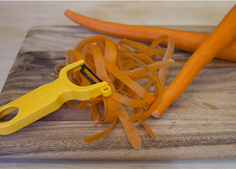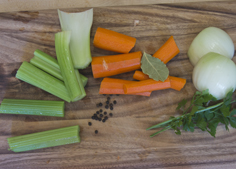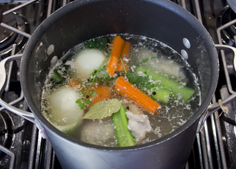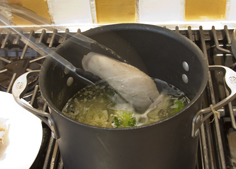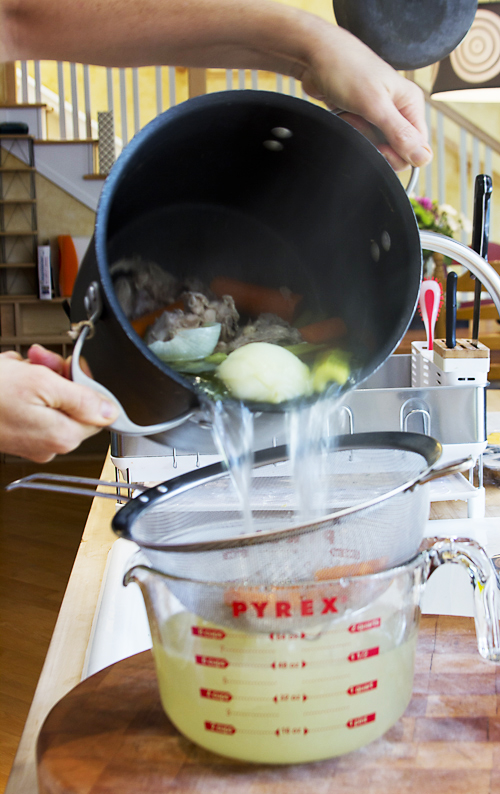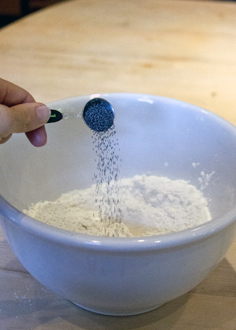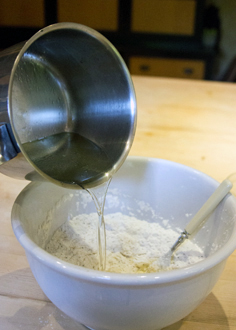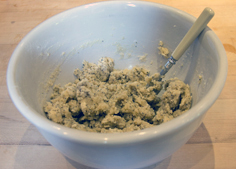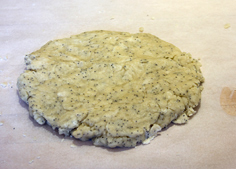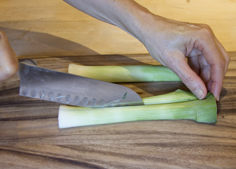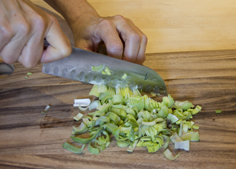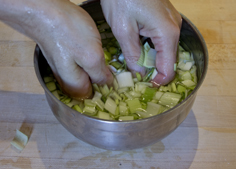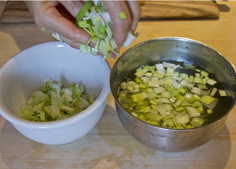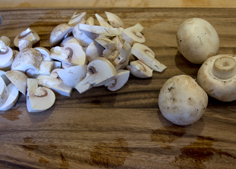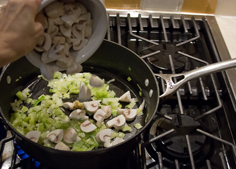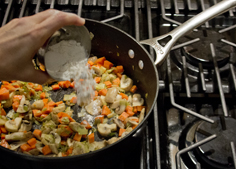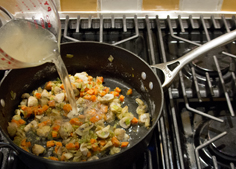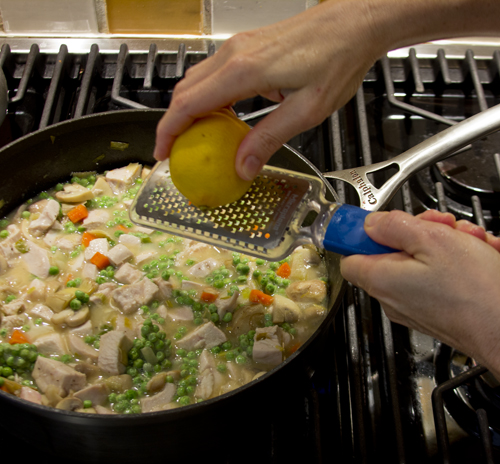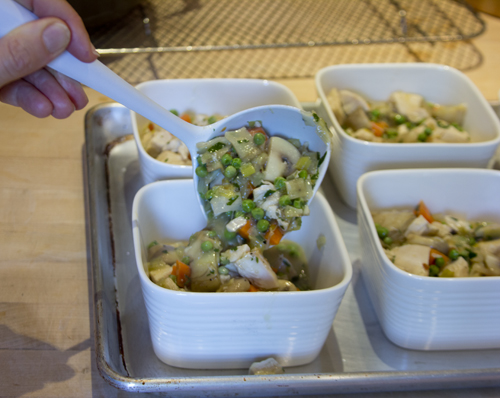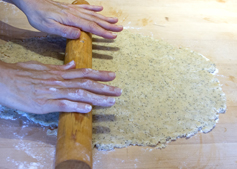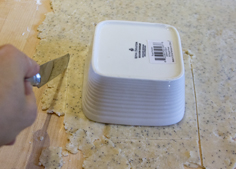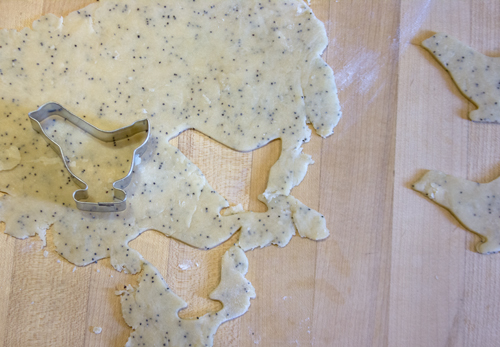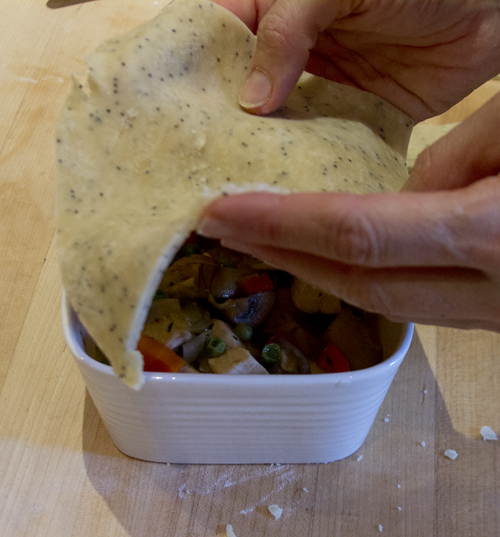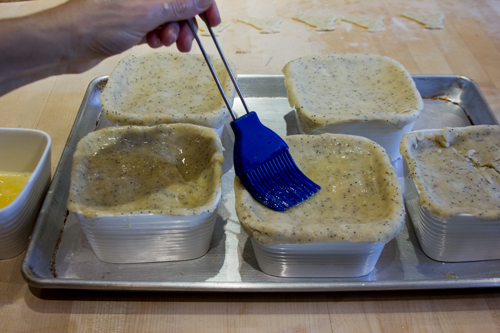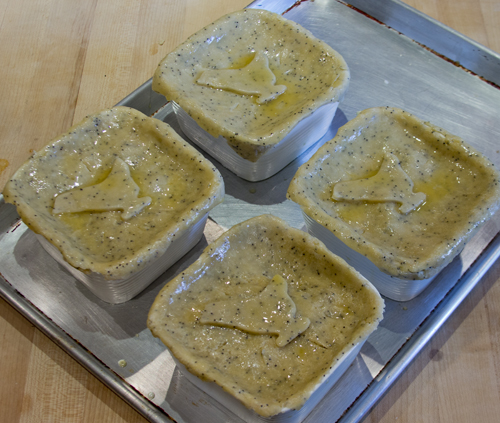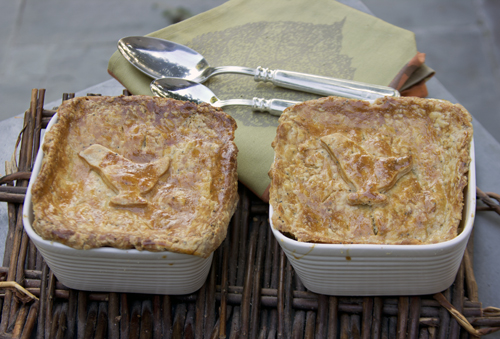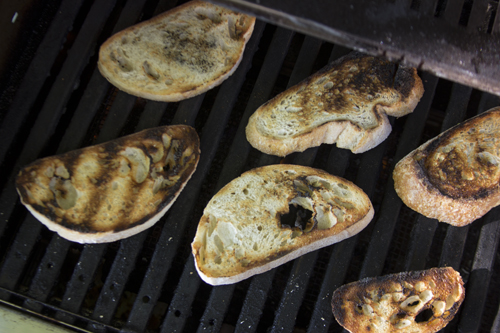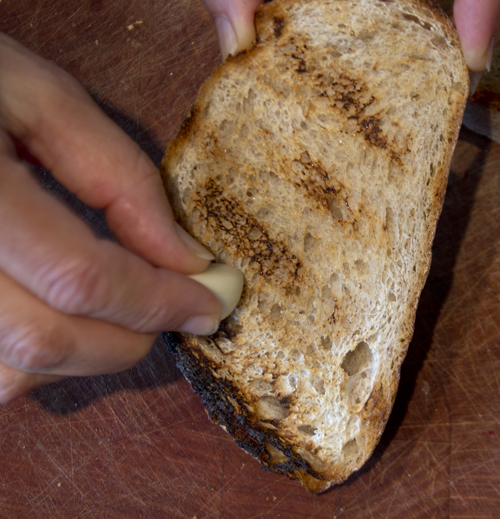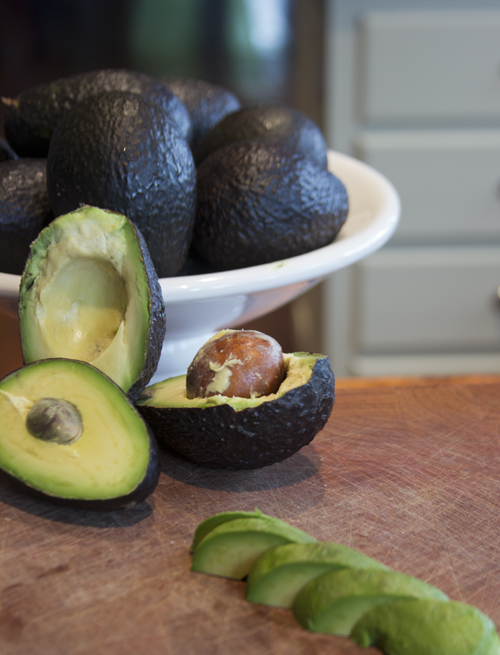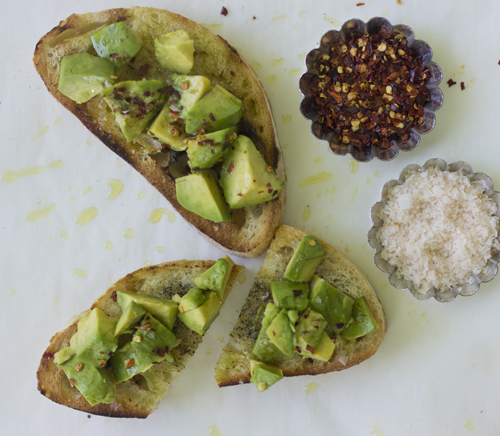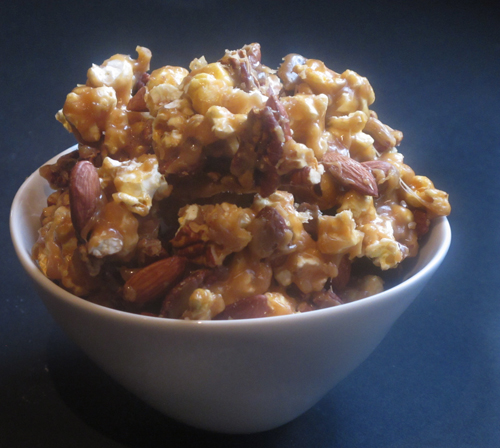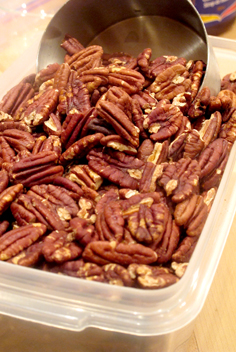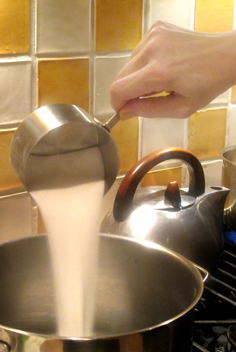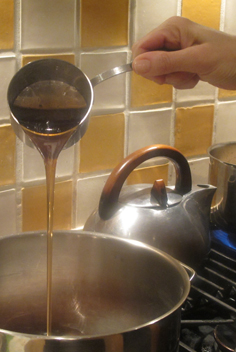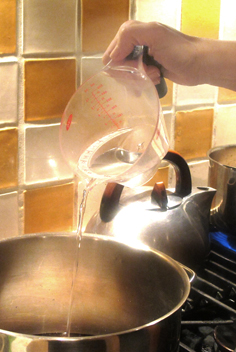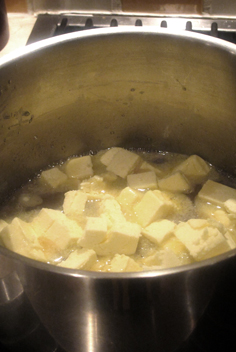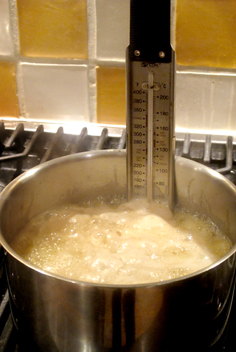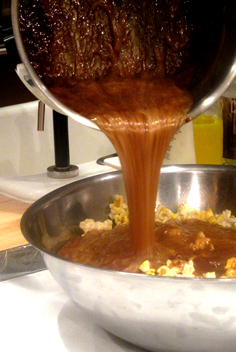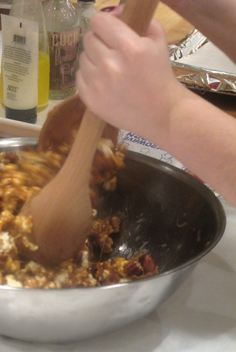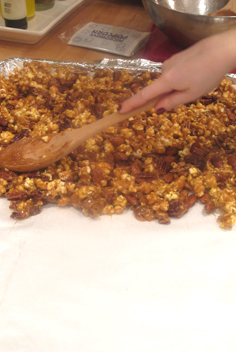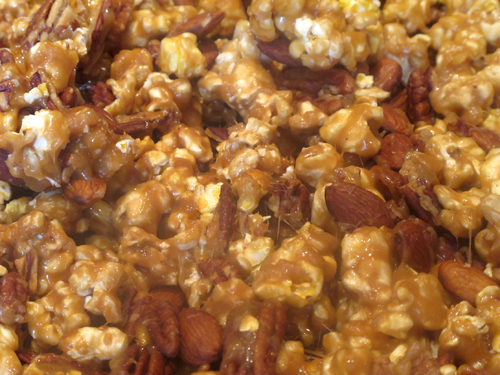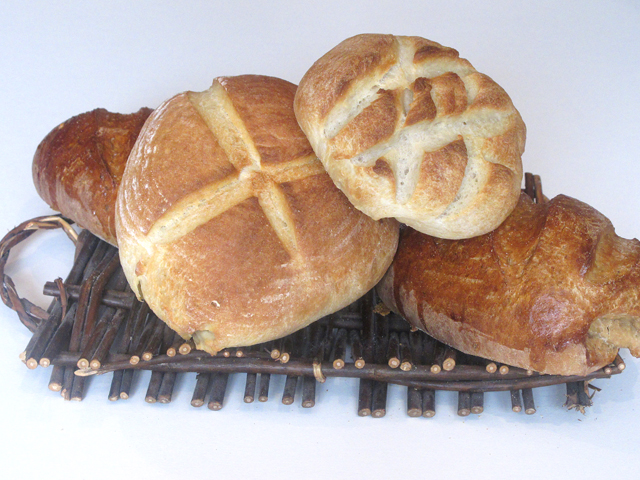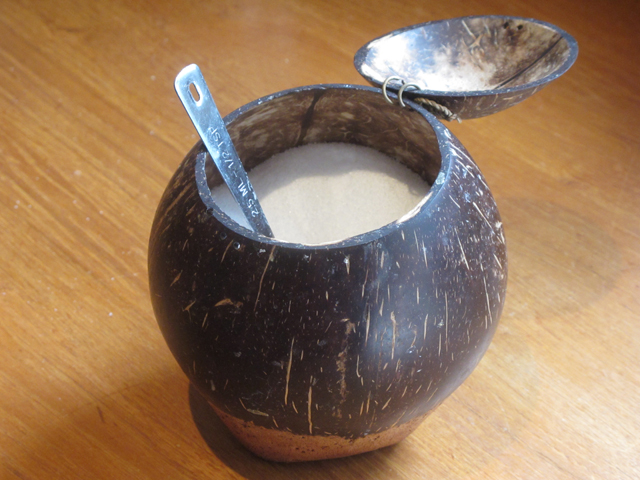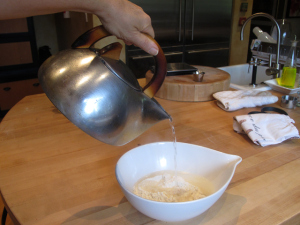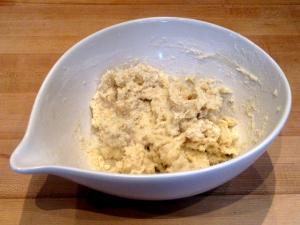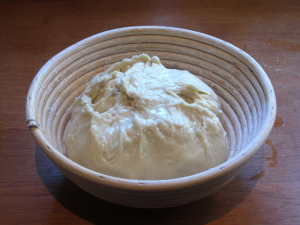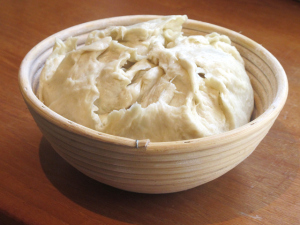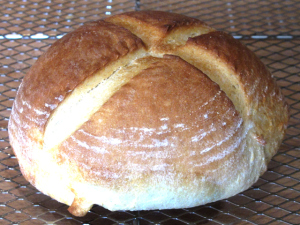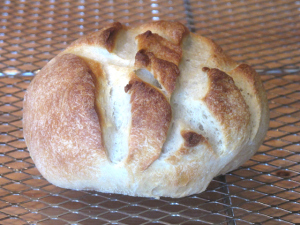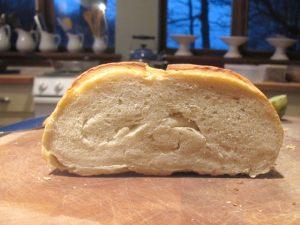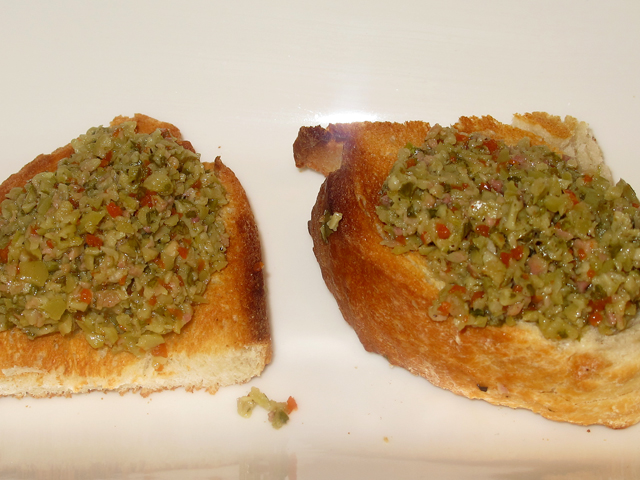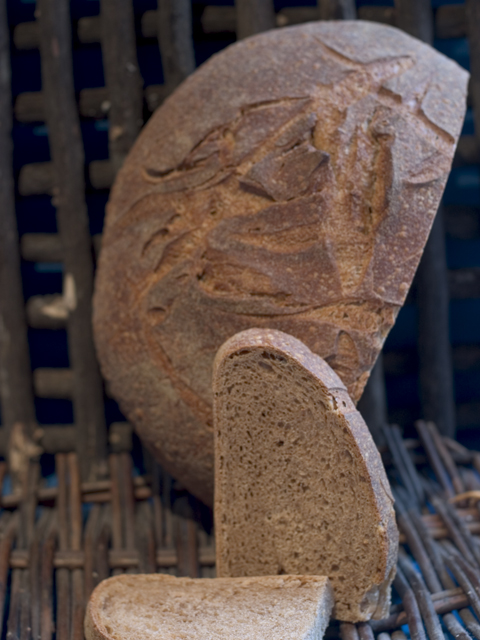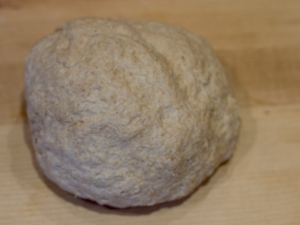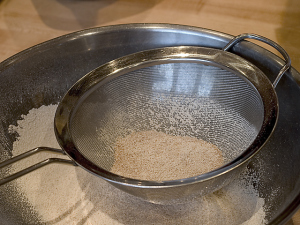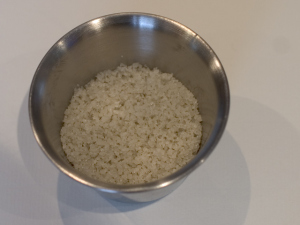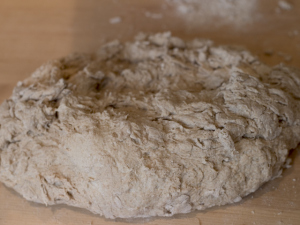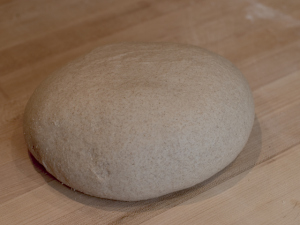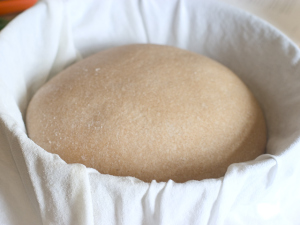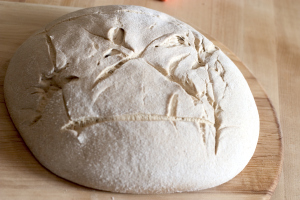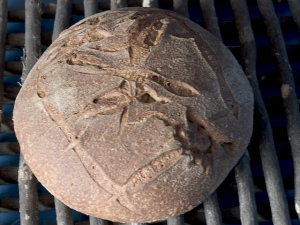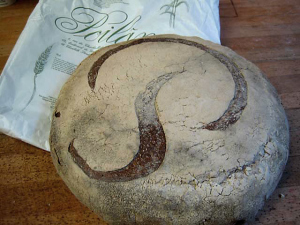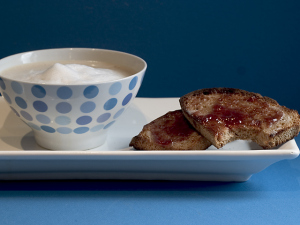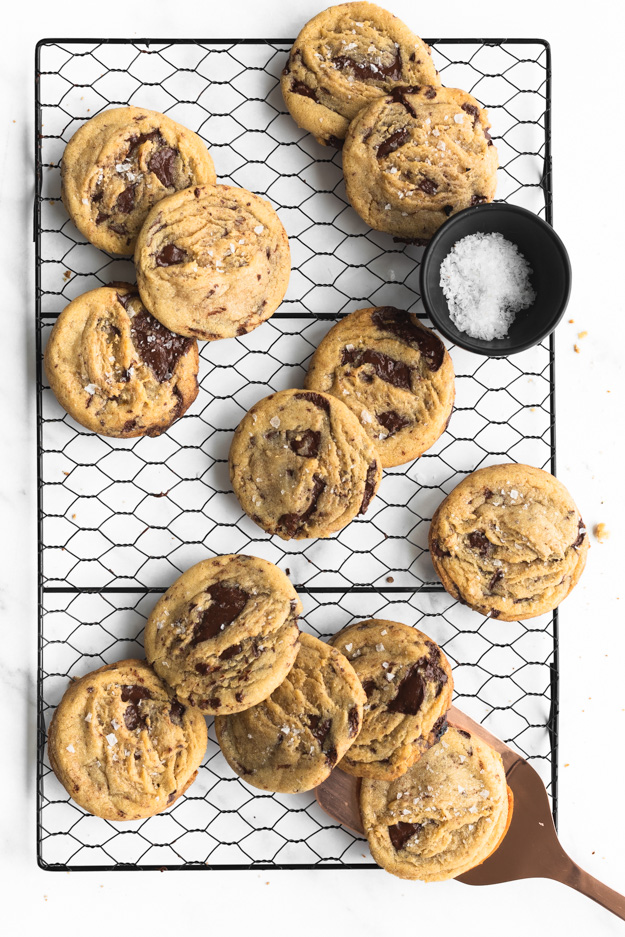 Still on the cookie train over here at saltandserenity.com. It’s pretty much all I bake in December. I adore cookies and so I give myself permission to bake, blog and talk about cookies all month. I’ll be back with some vegetables in January, I promise.
Still on the cookie train over here at saltandserenity.com. It’s pretty much all I bake in December. I adore cookies and so I give myself permission to bake, blog and talk about cookies all month. I’ll be back with some vegetables in January, I promise.
I decided it was time to update my post on these cookies. I first blogged about them back in 2011. And then again in 2015. They are my most requested cookie. Actually, it’s not even my recipe. The original recipe comes from Ashley of the wonderful blog “Not Without Salt.”
I have given the recipe to lots of friends and family members. Often they will tell me that they just don’t taste the same as the ones I bake. I have been tweaking Ashley’s recipe and technique over the past few years, so I figured it was time to share exactly what I do to make mine so yummy. Plus, it was time to update the pictures. Along with my baking skills, my photography skills have also improved over the years and these fabulous cookies needed a new headshot!
First, let’s talk butter. (because talking about butter brings me great joy!) Room temperature butter means butter that has been sitting on the counter for 30-45 minutes. You will know your butter is at the perfect temperature when you press your finger into it and make a slight indent. It should still feel firm, but not cold and it should not feel greasy. If it’s too soft, the butter won’t aerate properly when beaten with sugar, leading to flat cookies.
Eggs should also be at room temperature. Just remove them from the fridge when you remove your butter. Cold eggs can curdle the butter and they just won’t mix properly into the ingredients, leaving you with a poorly mixed dough, which results in inconsistent cookies.
Let’s chat chocolate. If you make these cookies with regular chocolate chips that you find in the baking aisle, they will be good cookies, but they won’t be outstanding. I use Valrhona Guanaja Feves. The lovely Michelle at The Vanilla Food Company in Toronto will ship them to you. This is not a sponsored post, I just really love this chocolate.
Ok, we’ve sorted out butter, eggs and chocolate. What about sugar? Ashley came up with the brilliant idea of using 3 kinds of sugar, light brown sugar for chewiness, white sugar for crispiness and turbinado sugar (also called sugar in the raw), for a bit of crunch.
The last ingeredient we need to talk about is flour. I have recently tried making these cookies with a mix of bread flour and all-purpose flour. Alton Brown and Jacques Torres (Mr. Chocolate) swear by using some bread flour in your chocolate chip cookies. Bread flour has a higher gluten (protein) content which gives the cookies a chewier texture. I made a batch with all bread flour but found them to be too dense. I settled on a ratio of about 1.3 bread flour : 1 all purpose flour.
I like to chill the dough for before baking. Chilling the dough firms up the butter, so that the cookies spread less, making a chewier thicker cookie. That hour in the fridge also dries out the dough slightly, which concentrates the flavour. If this kind of baking science is your jam, check out this awesome article on the King Arthue website.
I scoop my cookies with an ice cream scoop so that they are all exactly the same size.